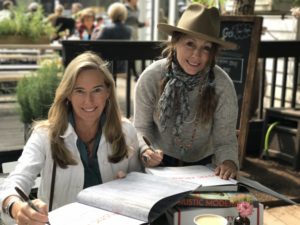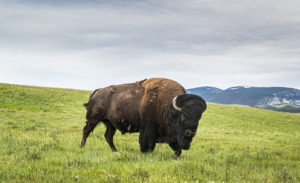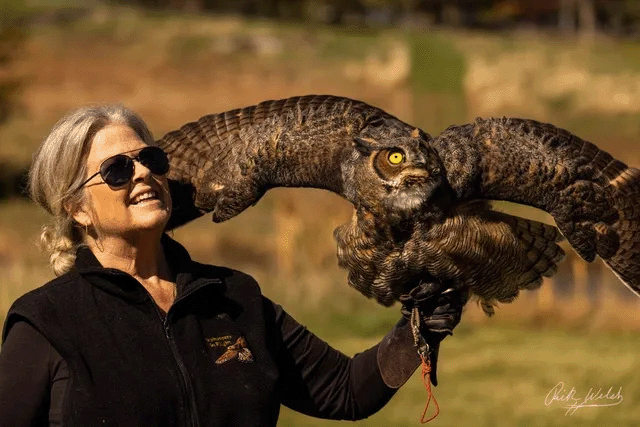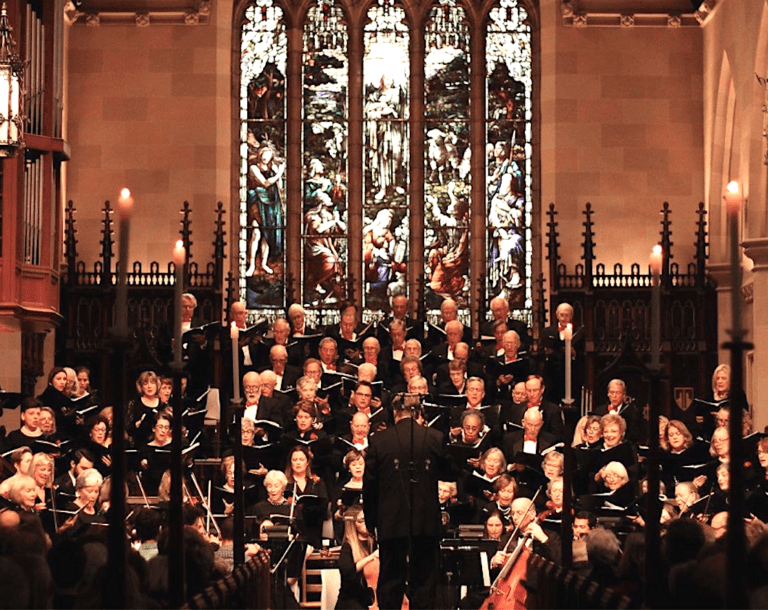
On my watch – By Anne W. Semmes

Having a coffee table book that tells the dramatic story of an icon of this country, the bison – we commonly call the buffalo, that so beautifully gives the visual portrait of this animal in place, is truly a treasure for all ages. And, if one can soak in its history so well written by our own Chase Reynolds Ewald of how this bearded, horned beast survived near extinction from the many millions that grazed our continent, one can learn a lot about “the worst and best of humanity.”
The success of “Bison, Portrait of an Icon,” is evident in the quick sellout of its first printing. California-based Chase and Montana-based photographer Audrey Hall have a good thing going with this their seventh book as western storytellers.
Chase saw her first bison age 10 on a family trip to Colorado and Wyoming. “Bison were iconic and charismatic and had a timeless solidity about them that one never forgets,” she recalls.
“They’ve been here longer than we have.” Yes, as of 200,000 years ago, when they crossed that Bering Land Bridge. By year 12,000 they’d outlived other large mammals to inherit the Great Plains.

“There were so many, in fact, that for one winter week in three Kansas counties their breaths formed a three-county storm cloud,” writes prize-winning filmmaker John Heminway in the book’s introduction.
Chase describes the bison as “creatures of contradiction,” with their “dense, humped, compact bodies on overly short legs; their curved horns and jaunty beards; their robes worth of fur…and those ageless, knowing eyes.” Yet they can sprint at 35-miles per hour, and “clear fence-high obstacles.” And best to keep your distance. “Bison who seem to be placidly grazing will seem not to be bothered as people approach, then will spin on a dime and toss someone in the air or gore them.”
“Wildlife’s ‘personal space’ is about 100 yards,” Audrey Hall learned this preferred distancing from a ranger in Yellowstone National Park where she saw her first bison as a child. “I thought they were gigantic and other worldly. They were the animals that watched over everything else…the wise elders, the gate keepers.”
The book tells well in American Indian voices what the bisons, “the wise elders” meant to the Indians. “The buffalo was everything to my tribe: food, shelter, clothing,” writes Blackfeet Indian artist, Terrance Guardipee. “Almost our whole world revolved around it.” “No lives were as intertwined with the buffalo as those of the Plains Indian tribes,” adds Chase.
Environmentalist/founder of Patagonia, Yvon Chouinard’s shares a message with portent: “More than an icon, wild free-roaming American Bison are our family elders who teach by example – if only we will listen…It’s ok to take – just not too much.”
The trouble was we took too much. By 1900 they were near extinction, being slaughtered “at the rate of one creature every 30 seconds for 40 years,” according to former U.S. Secretary of the Interior Sally Jewell. But luckily for Lewis and Clarke on their 1805 Expedition, they came upon an “immense herd of Buffaloe, Elk, deer & Antelope feeding in one common and boundless pasture.”
Then came the westward advance of the railroads that brought the buffalo hunters as Chase writes, “with west bound trains stopping so that passengers could shoot through the open windows without leaving the plush Victorian comfort of their cars.” Count the churches too as offering their congregation (in Kansas) “a two day [buffalo] shoot fundraiser.”
And then there was Buffalo Bill, “introducing live ones through his Wild West Shows while killing thousands “to feed the crews building the Kansas Pacific Railroad.”
Enter the forces for saving the bisons. In 1905 the American Bison Society is founded at the Bronx Zoo by Frederic Remington, Andrew Carnegie, with Teddy Roosevelt as honorary president. The 70-strong Indian tribes’ InterTribal Buffalo Council (ITBC) is created to help restore the bisons to their lands. Didn’t folks know bison is “the healthiest meat you can eat.” Didn’t people know, “their grazing pattern helped shape the grassland ecosystem. They’re not as hard on the ground as cattle. They graze around and don’t eat to the ground,” stated Ervin Carlson of the Blackfeet tribe, and former president of ITBC. Bison were “ecosystem engineers.” Bisons build topsoil, store carbon…
Ted Turner has done his restorative part, with some 19 ranches and two million acres providing grazing ground for many thousands of bison in the U.S. and Argentina.
Enter the World Wildlife Fund’s Bison Initiative, and the National Bison Association that works with tribal nations and conservation groups to help restore the species.
“Yellowstone National Park,” writes Chase, “is the only place in the U.S. continuously occupied by bison since the early days of the country.” But they must be managed by the Interagency Bison Management Plan with an annual capture within the Park, and they are fenced in. “It’s like Indians in the past; you left your reservation and that could be a death sentence,” states an Indian cultural tour guide.
“Unlike moose and elk,” writes Chase, “bison as a wildlife species don’t yet exist – although many are hoping to change that.” Enter the National Wildlife Federation seeking to restore bison as a wildlife species. No easy task with land managers.
Today, count “roughly” half a million bison on this continent, writes Chase. “Only four percent in conservation herds. Rest raised for meat, breeding, and controlled hunting.” But what a lot of work has gone into that restoring of bison – now declared America’s National Mammal, joining the eagle. What Chase and Audrey have done in word and photo is to show us so splendidly the who and the how that restoration has been and is being accomplished.




